
The Jargon Of Formula One Testing
- Feb 22, 2020
- Views : 2310

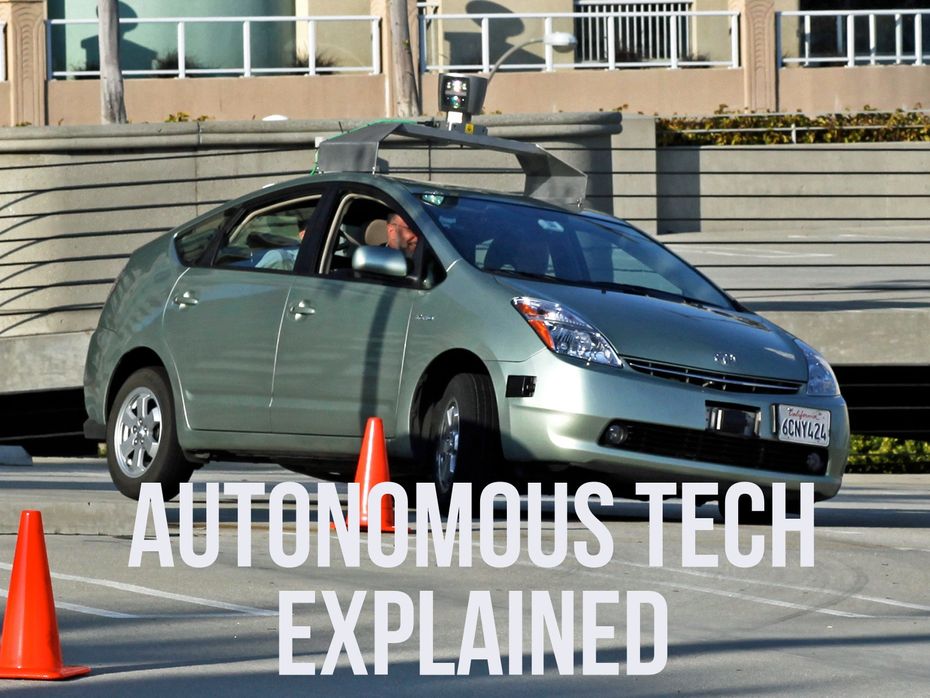
Wouldn’t it be great if your car could drive itself? If its computer brain could navigate you to your destination while traversing roads choc-a-bloc with autorickshaws, two-wheelers, and the human and animal populace of the modern Indian city? The idea has come to fruition in other countries with developed highway networks. Yes, a Tesla can take control on Interstate 95 and transport you to the off-ramp of your destination with but a finger on the steering wheel. What is it that makes things so complicated in India that autonomous cars have only now started pouring in?
What’s A Driver Assistance System?
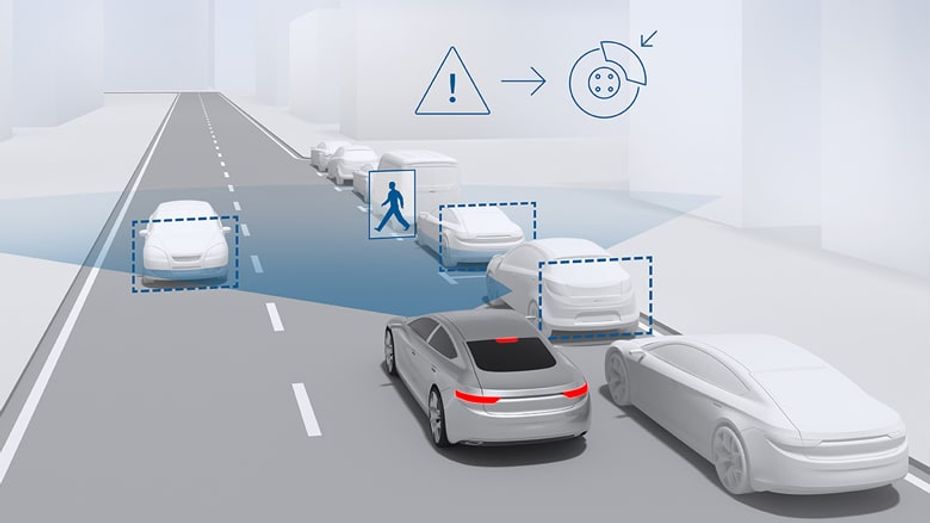
Any vehicle control system that makes driving more comfortable and safe is a driver assistance system. Several Advanced Driver Assistance Systems (ADAS) are available nowadays which can practically take control of the vehicle to an extent under specific circumstances such as driving in a single lane on an open highway.
Is It A New Technology?
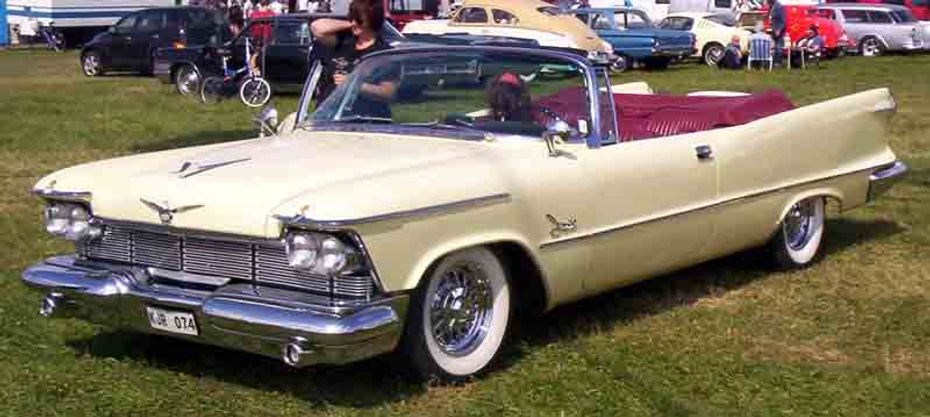
Driver assistance systems have been around for much longer than you think. It all started with a simple cruise control system built in 1910 by the American carmaker Peerless. It was a mechanical throttle governor that could maintain near-constant speed irrespective of whether you were going uphill or downhill. The technology blossomed into production-level sophistication by the 1960s in the United States. All 1960s Cadillacs and several other luxury cars were available with this premium feature.
Like other inventions, cruise control was born out of necessity. During World War II, the US government had imposed a blanket 35mph (56kmph) speed limit across the country to save on petrol and rubber, two resources which were being poured into vehicles for the war. Ralph R Teeter was fed up with watching his lawyer going either too fast or too slow while holding a conversation in his car. Spurned by his frustration, he developed and filed a patent for the modern cruise control system in 1948.
Mercedes-Benz took it a step further with its first Distronic Adaptive Cruise Control system in 1999. Mitsubishi had already been using radar-assisted warning and throttle control systems since 1992, but Mercedes’ system could bring the car to a full stop, if necessary. For the first time, adaptive cruise control wasn’t limited to highway use.
What Kind Of Advanced Assistance Systems Are Available Today?
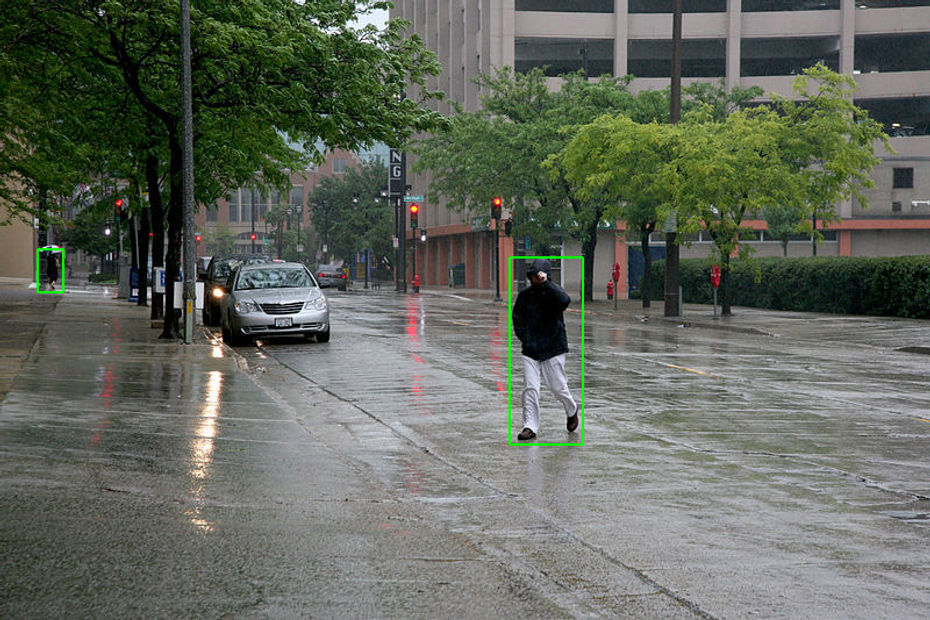
Adaptive cruise control (ACC) is an ADAS which controls your speed to maintain distance with traffic ahead. It can speed you up or bring you to a full stop. Such systems can be coupled with other sensory systems such as traffic sign assist which can read speed limit sign boards.
Lane Departure Warning (LDW) works by using cameras to ‘read’ lane markings on the road and warn you if you’re about to leave your lane, unless you have the turn signal on. Lane Keeping Assist (LKA) can steer you back into the centre of the lane.
Steering Assist (SA) has a more flexible definition. Mercedes’ SA is a lane-keeping system, while Ford’s SA can make evasive maneuvers in emergency situations.
Passive safety assistance systems include blind spot monitoring and cross-traffic alert, two systems which monitor the traffic behind and at the sides of the vehicle. The sensors have a wider view around the car than the driver.
Autonomous emergency braking (AEB) is a continuously-on system which detects proximity with obstacles ahead. If the system detects an imminent crash, it warns the driver and primes the braking system. If the driver fails to respond, the car applies the brakes with as much force as necessary to prevent collision. Some AEB systems can also detect cyclists and pedestrians which may be hidden behind a blind spot until its too late. However, this isn’t an assistance system -- you can’t use an AEB-equipped car to take your foot off the brake in traffic. Several cars fail pedestrian and cyclist detection system tests conducted by the European New Car Assessment PRogram (Euro NCAP).
ADAS systems can be designed to learn from real-world situations to become autonomous systems. Several carmakers have been conducting tests in daily traffic on public roads to teach the cars how to deal with multiple scenarios. Some of the responses are programmed while others are learned.
What Are The Levels Of Autonomy?
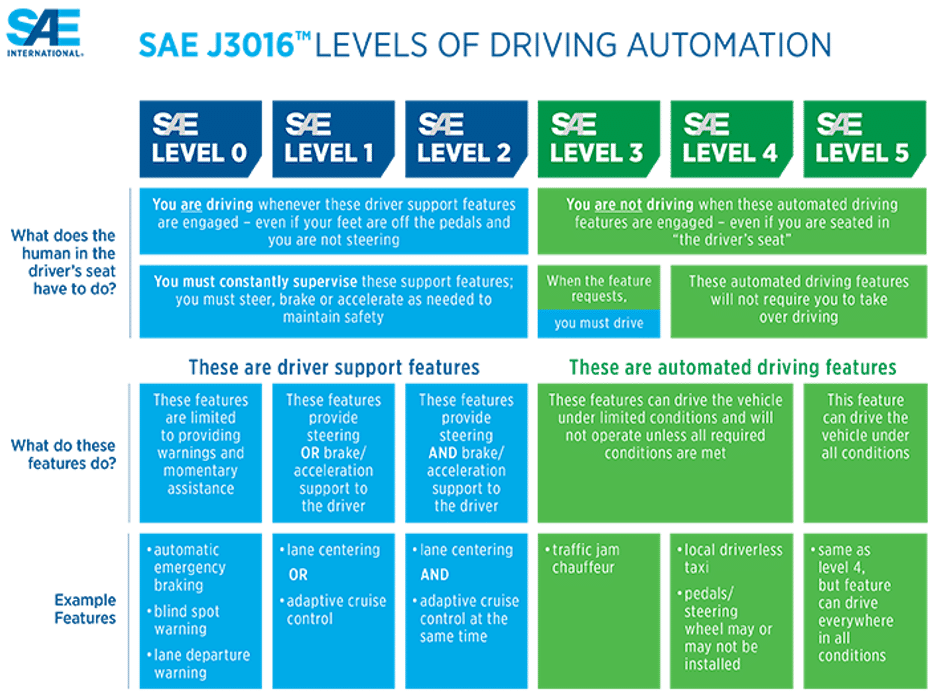
The Society of Automotive Engineers has defined the levels of autonomy thusly:
Level 0: The vehicle can warn you of hazards and will only provide assistance momentarily. Blind-spot monitoring, lane departure warning, cross-traffic alert and autonomous emergency braking are Level 0 features.
Level 1: An adaptive cruise control system capable of bringing you to a complete stop and then driving on is a Level 1 autonomous feature.
Level 2: A Level 2 autonomous car can not only accelerate and brake on its own but also provides proper steering assistance. It has full control of the steering wheel and pedals. The system needs your eyes on the road and your hand ready to take control. Such cars can only drive themselves under specific conditions such as on an open highway.
Level 3: As long as the conditions are ideal, the car can drive itself. It doesn’t need your eyes on the road until the car demands you to take over the driving. Audi calls its Level 3 system Traffic Jam Assist.
Level 4: Vehicle control hardware (steering and pedals) is optional. Conditions still have to be ideal, but the car cannot ask you to take control of the driving. Remember Hyundai’s robotaxis?
Level 5: This is a vehicle which can drive itself under all conditions. It does not need nor accommodate a human driver.
How Well Do ADAS-equipped Cars Work?
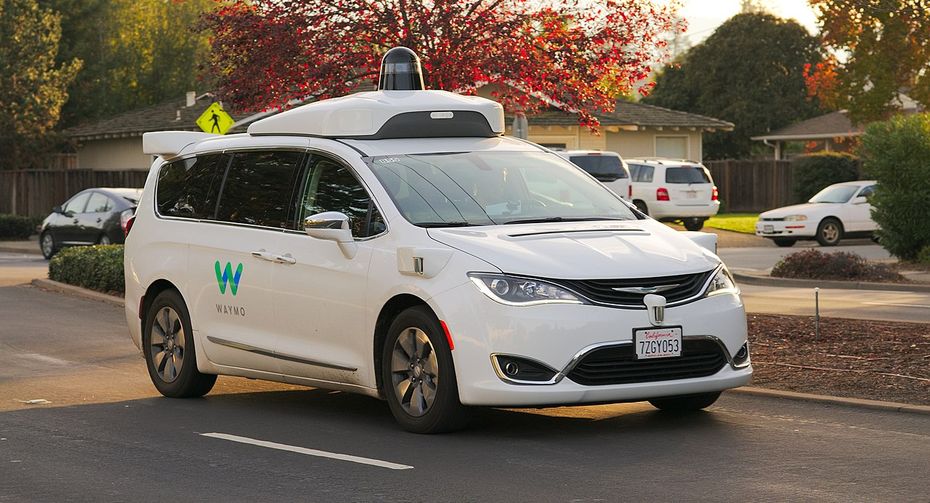
Driver assistance systems haven’t been perfected for urban commuting, but they can help on relatively straight roads with sparse traffic. Highways in developed countries are built for long-distance travel at a constant speed, the perfect playground for cars with ADAS.
Some cars that you saw at Auto Expo 2020 such as the MG RC-6 and Haval F7 are equipped with Level 0 features. In Europe and North America, Level 0 features have begun trickling into regular cars. The 2020 Mazda CX-30 is an example. Even the Euro-spec Suzuki Jimny gets autonomous emergency braking.
Mercedes and Audi have made leaps in safety and assistance tech. The new A8 is the world’s first car to have Level 3 autonomy. Audi calls it Traffic Jam Assist. Mercedes is developing a parking system which is Level 4 autonomous, as long as it operates within a parking lot. Level 5, though, is a far-fetched utopia.
When Will ADAS-equipped Cars Come To India?
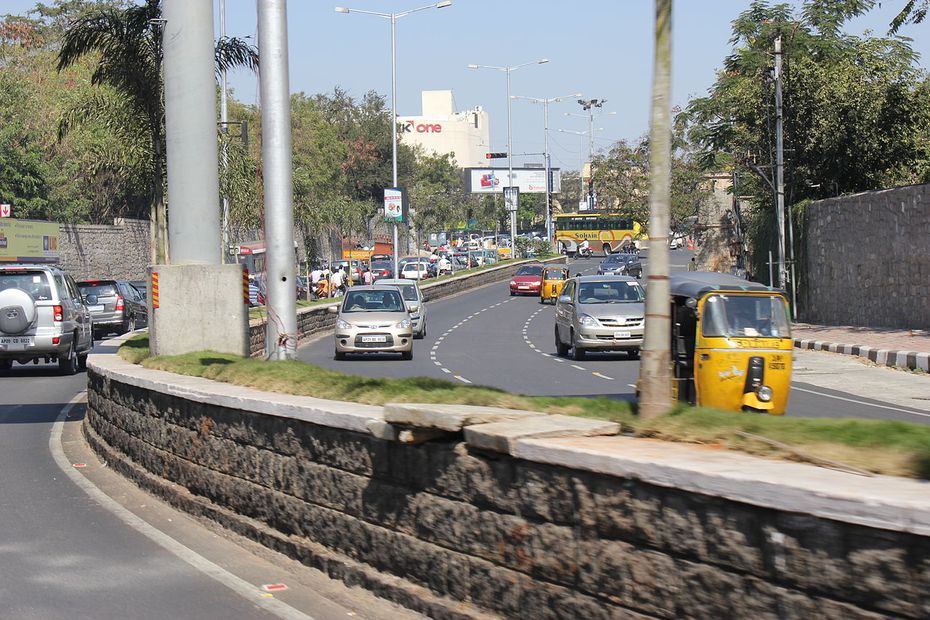
Advanced driver assistance systems eluded India until recently because of prohibitive legislation against radar-guided systems. Several new cars with ADAS have made it to India. However, you have to shell out a big buck for ADAS systems. Volvo’s XC40 is one of the most affordable cars with Level 0 systems on board. It costs Rs 39.90 lakh (ex-showroom). If you’re looking for a more affordable option, cars from upcoming Chinese carmakers are your best bet.
So how far are we from cars that drive themselves?
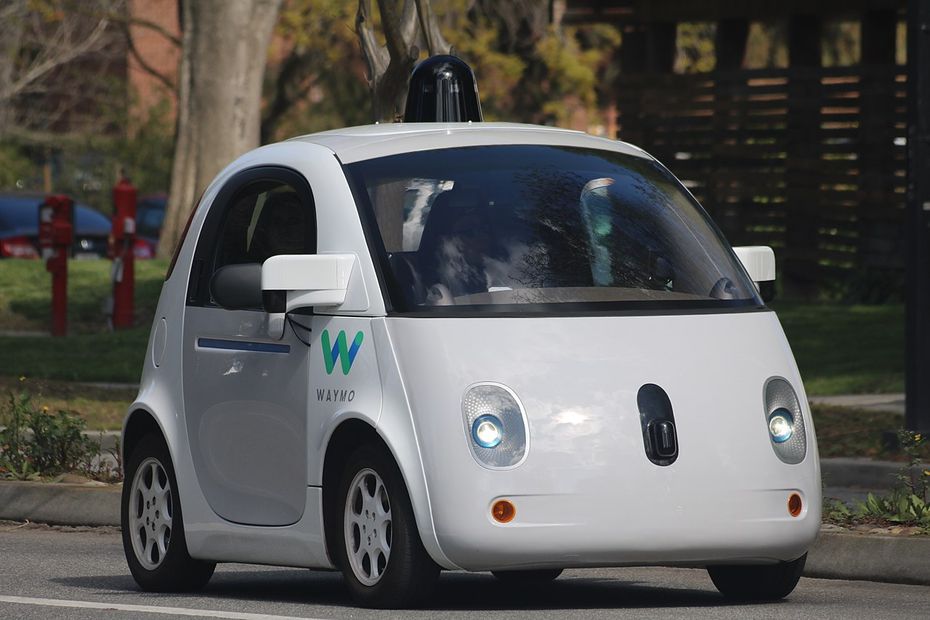
The only constraint to this system is the real world. We’ve seen autonomous cars getting perplexed by pigeons and becoming clueless in the rain. LiDAR, radar, sonar, and cameras are the sensory organs of an artificially intelligent system capable of teaching itself and learning from experience. Yet, the world has a myriad of creatures driven by their own whims and the possibility that a computer system can predict their next move simply doesn’t exist.

The Jargon Of Formula One Testing

3 New Major Design Details Mahindra XUV 3XO Will Pack Over...

Tata Curvv: A Much Clearer Look At Its Interior Ahead Of Its Unveiling

Citroen Basalt vs Tata Curvv: Exterior Design Compared

10 New Features Expected In The Upcoming 2024 Mahindra XUV 3XO...

The Fronx Has Been Rebadged! Meet The Toyota Urban Cruiser Taisor,...

Here’s How Fuel Efficient The 2024 Maruti Suzuki Swift Sold In...

MG Hector And Hector Plus Blackstorm Edition Launched At Rs 21.25...

Citroen Basalt Vision, Its SUV Coupe For India, Revealed
India's largest automotive community